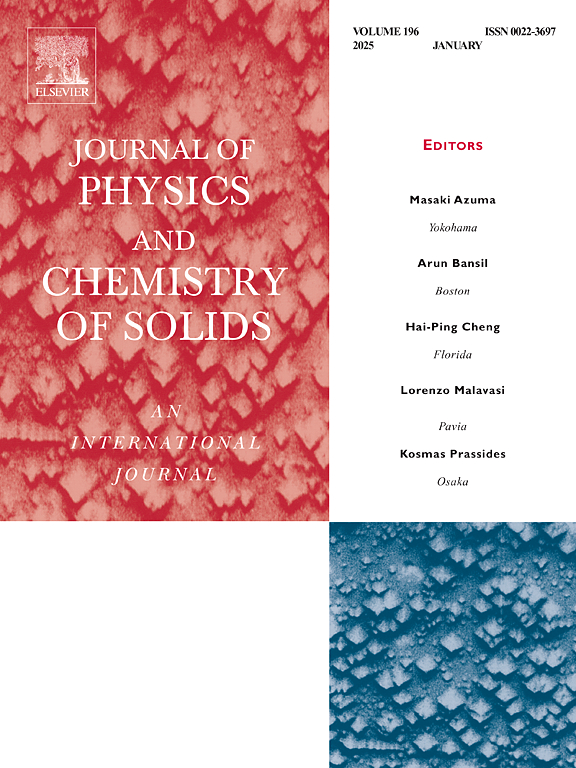Functionalized graphene quantum dots with distinctive solvent-driven emission and enhanced carbon monoxide sensing: A DFT study
IF 4.3
3区 材料科学
Q2 CHEMISTRY, MULTIDISCIPLINARY
引用次数: 0
Abstract
The widespread efficacy of graphene in nanotechnology has allowed researchers over the years to merge its unique features with quantum confinement effects to unlock newer possibilities in multiple domains. In this work, we have tailored a two-dimensional graphene sheet to 8 distinctive achiral quantum dots and systematically explored their tunable electro-optical responses through surface functionalization with consequent applicability in gas sensing. Emergent traces of spin-splitting in shape-dependent zigzag edges highlight the possibility of metal-free magnetic behavior of graphene in ambient conditions. Absorption and fluorescence spectra have been critically explored with a diverse range of oscillator strengths in the presence of water as a solvent (TD-DFT/CAM-B3LYP/PCM model) revealing the underlying alluring optical signatures. The introduced charge anisotropy through doping of III-V group elements caters to significant dipole moments that attract health-hazardous polar gas molecules like carbon monoxide (CO) with strengthened sensitivity.

求助全文
约1分钟内获得全文
求助全文
来源期刊
CiteScore
7.80
自引率
2.50%
发文量
605
审稿时长
40 days
期刊介绍:
The Journal of Physics and Chemistry of Solids is a well-established international medium for publication of archival research in condensed matter and materials sciences. Areas of interest broadly include experimental and theoretical research on electronic, magnetic, spectroscopic and structural properties as well as the statistical mechanics and thermodynamics of materials. The focus is on gaining physical and chemical insight into the properties and potential applications of condensed matter systems.
Within the broad scope of the journal, beyond regular contributions, the editors have identified submissions in the following areas of physics and chemistry of solids to be of special current interest to the journal:
Low-dimensional systems
Exotic states of quantum electron matter including topological phases
Energy conversion and storage
Interfaces, nanoparticles and catalysts.

 求助内容:
求助内容: 应助结果提醒方式:
应助结果提醒方式:


